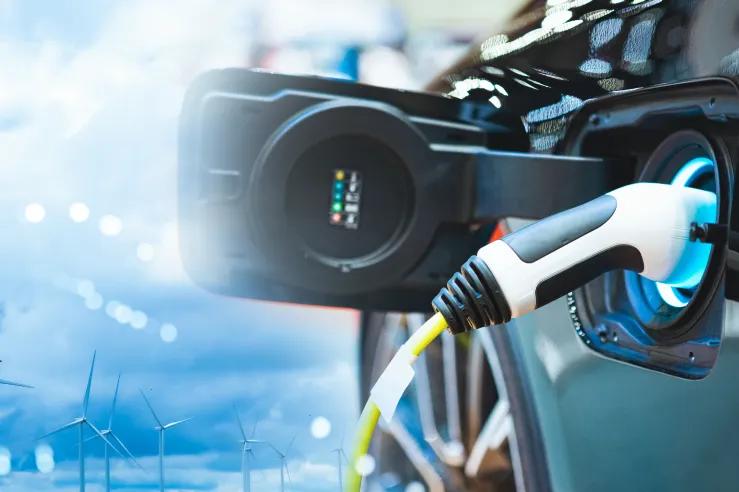Is Power Electronics The Key to Reducing Global Warming?
Global energy needs continue to rise rapidly, driven by population growth, improved quality of life, and global industrialisation. Unfortunately, the primary energy source remains fossil fuels, contributing to the well-documented global warming problem due to greenhouse gas emissions. Global warming threatens our habitat and environment, causing adverse effects like ice melting, sea levels rising, seawater acidity, droughts, heat waves, hurricanes, tornados, heavy rains, and floods.
As the world grapples with these challenges, the focus has shifted towards renewable energy sources as a crucial strategy to combat climate change and slow global warming. One essential aspect of this transition is the integration of power electronics, which plays a paramount role in effectively harnessing and converting renewable energy into usable clean power.
The pressing need for renewable energy conversions arises from the consequences of global warming. The combustion of fossil fuels for electricity generation significantly contributes to greenhouse gas emissions, further exacerbating the climate crisis.
In response to these threats, the global community is increasingly transitioning towards renewable energy sources such as solar, wind, hydro, geothermal power, etc. Power electronics emerge as pivotal enablers of efficient renewable energy systems, acting as intermediaries between renewable energy sources and the power grid, significantly enhancing integration and performance.
Power electronics have witnessed remarkable advancements in improving the efficiency and reliability of solar photovoltaic systems. Innovations such as maximum power point tracking algorithms optimise energy harvest from solar panels, while grid-tied inverters convert DC power into AC power suitable for consumption or grid injection. High-efficiency DC-DC converters step-up voltage gain for grid integration, and various power electronic converter controllers ensure maximum power delivery under different environmental conditions.
Wind energy conversion systems also benefit from power electronics in enhancing wind turbine performance and grid compatibility. With an installed capacity exceeding 900 GW globally, variable-speed wind turbines with power electronic converters offer better rotational speed control, increasing energy capture and reducing mechanical stress. Additionally, power electronics enable grid-friendly features like reactive power control, ensuring grid stability and reliability during wind power integration.
Integrating renewable energy and power electronics addresses power quality issues, especially concerning the increasing penetration of renewable energy and nonlinear loads. Flexible Alternating Current Transmission Systems successfully implemented in power distribution systems provide attractive features such as flexible controllability, fast response, small size, low power loss, and superior performance in limiting harmonics and transient voltage.
Energy storage solutions also benefit significantly from power electronics, effectively managing batteries and supercapacitors and storing surplus renewable energy during periods of excess generation. This stored energy is used during peak demand, reducing reliance on fossil fuel-based backup power plants and enhancing grid stability.
Smart grid infrastructure leverages power electronics to optimise power distribution and consumption, empowered by demand response programs that enable consumers to manage energy usage effectively. High-voltage direct current has become an attractive alternative for long-distance power transfer, alleviating grid strain and promoting energy efficiency.
In motor drives and electric vehicles (EVs), power electronic devices are essential in control and energy management systems. For EVs, power electronics enable efficient conversion and control of electric power between the battery and motor, ensuring optimal energy flow and enhancing overall efficiency and range. Fast-charging capabilities make EVs practical and convenient for everyday use.
While the potential of power electronics in renewable energy conversions is promising, challenges remain, including initial implementation costs and the need for compatibility and standardisation across various renewable energy systems and grid networks. Ongoing research and technological advancements gradually reduce costs, and collaborative efforts are essential to establishing universal standards. Despite challenges, the prospects for power electronics in reducing global warming are encouraging.
As a transformative force in our pursuit of a sustainable future, power electronics play a pivotal role in enabling efficient renewable energy conversions. With continued investment in renewable energy technologies and power electronics, we progress towards a low-carbon, clean energy future, ensuring a greener and healthier planet for future generations.
Professor M A Hannan
School of Engineering and Technology
Email: @email




